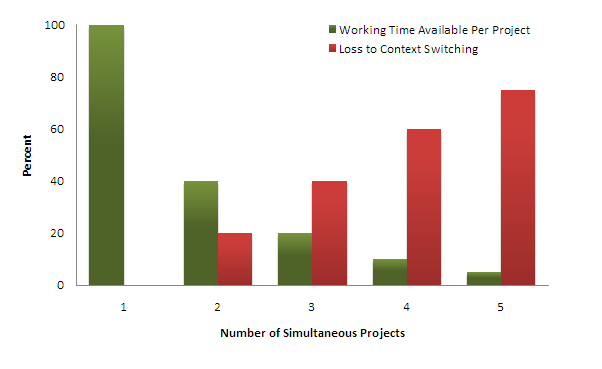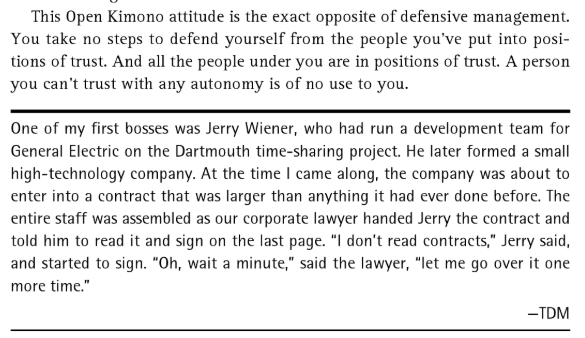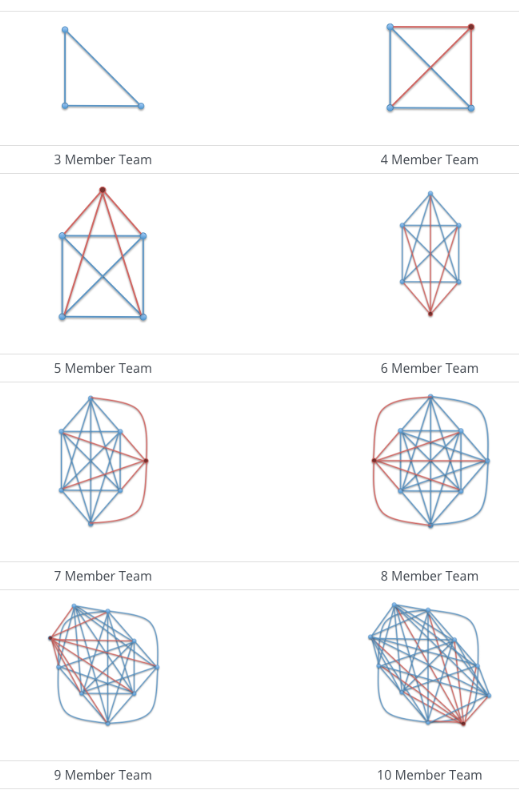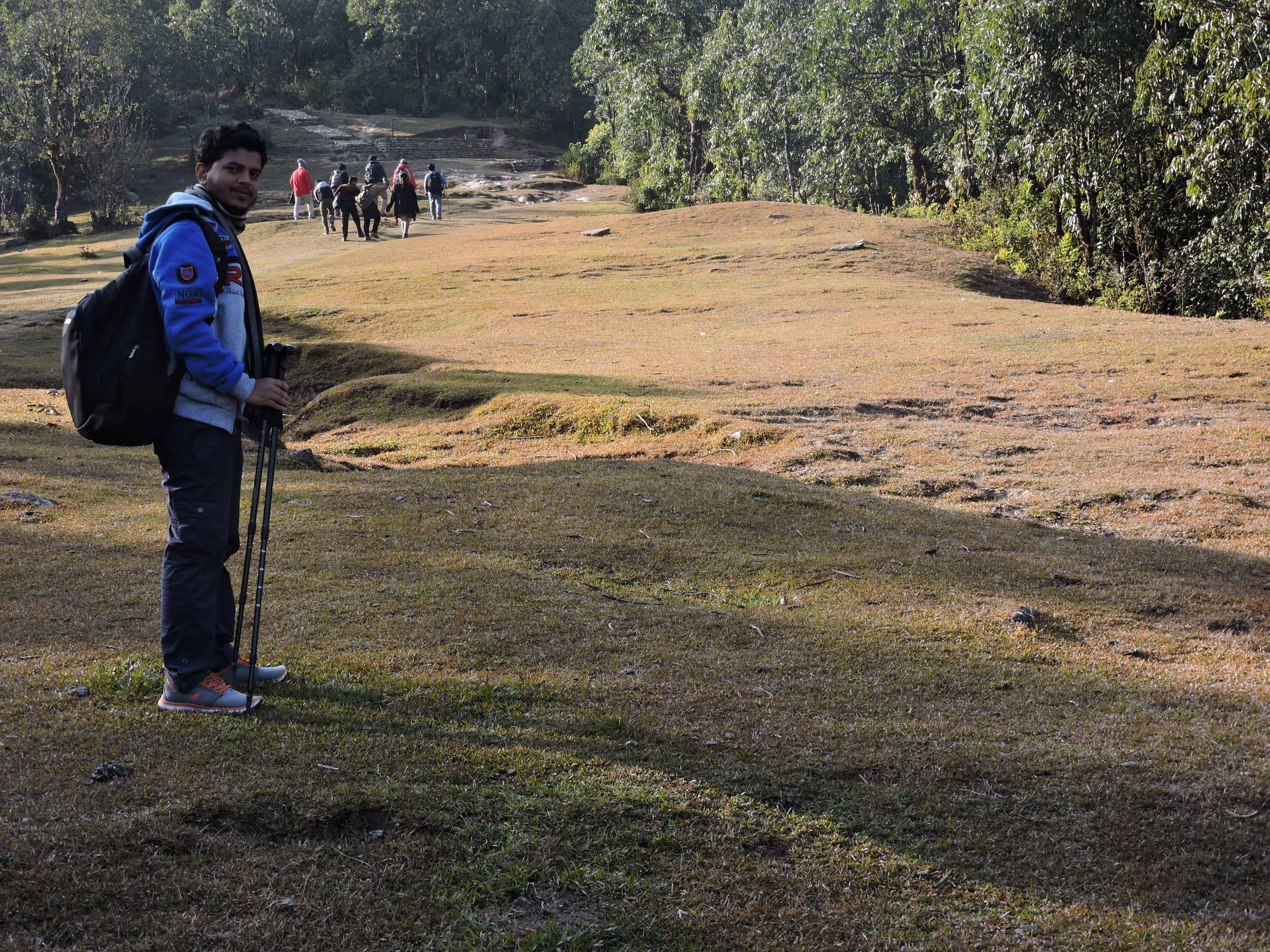Where People Build More Than Software — Kaz CEO Party 2025
/Where the Game Never Ends — The Kaz Spirit in Motion
At Kaz Software, teamwork isn’t just a principle — it’s a rhythm that beats through everything we do. You can see it when a developer steps up for a tough sprint, and you could see it again when the same people walked onto the cricket field at Matir Maya. (Watch the cinematic video here).
The match started like any Kaz project: a mix of excitement, strategy, and plenty of laughs. The openers gave us a strong start — a couple of quick boundaries lit up the field. But soon, wickets fell, and we found ourselves in a familiar challenge — regrouping, adapting, and pushing forward together. What made the match unforgettable wasn’t the runs scored, but how everyone — from coders to designers — cheered, strategized, and played as one.
And that’s Kaz culture in motion: the willingness to step in, support, and never stop trying. Tug-of-war brought that same energy to life — teams pulling not just a rope, but each other toward victory with sheer grit and laughter. Even off the field, whether at the cards table or in spontaneous rounds of Goal Fest, that same camaraderie kept the day alive.
This wasn’t competition; it was connection — the kind that defines how we build, how we work, and how we win together.
Joy in Every Drop — The Pool, the Music, and the People Behind Kaz
When the sun dipped and the lights came on by the pool, the real celebration began. There’s something poetic about watching a team that spends its days writing code — dancing barefoot under the stars, with laughter echoing through the night air.
Our poolside party wasn’t planned — it just happened. A few songs turned into a full-blown jam. The singing competition revealed talents we didn’t know existed, and before long, the rain joined in — blurring the lines between workmates and friends. The sight of everyone dancing in the rain, singing along, and cheering each other on was pure Kaz — unfiltered joy, authenticity, and freedom.
For us, these moments go beyond celebration. They remind us that our people bring more than skill to the table — they bring heart. They bring the same creative energy that fuels our products, the same spontaneity that sparks innovation, and the same empathy that shapes our relationships with clients.
In a world that often talks about “work-life balance,” Kaz Software lives it — not by separating work from life, but by bringing life into work. Every beat of that night said it loud: Kaz isn’t just where we work — it’s where we belong.
Beyond the Code — The Taste of Togetherness
If the games and music were the heartbeat of the CEO Party, then the food was the soul of it. From sizzling grills to homestyle comfort dishes, every meal became a shared experience — laughter over plates, stories over dessert, and quiet gratitude for being part of something special.
The living experience at Matir Maya added to the magic. Surrounded by green, nature gave us the pause we often miss in the rush of deadlines. Conversations flowed easier, ideas surfaced naturally, and you could feel a sense of calm — the kind that recharges you to do better work when Monday returns.
At Kaz, we believe great work doesn’t come from constant hustle — it comes from balance, joy, and people who feel seen. CEO Party 2025 wasn’t just an escape from routine; it was a reminder of what makes us who we are.
The Kaz Software family 2025
We left Matir Maya with soaked clothes, full hearts, and a renewed sense of why we do what we do — not just to build software, but to build something that lasts: a culture of connection, creativity, and care.
























































